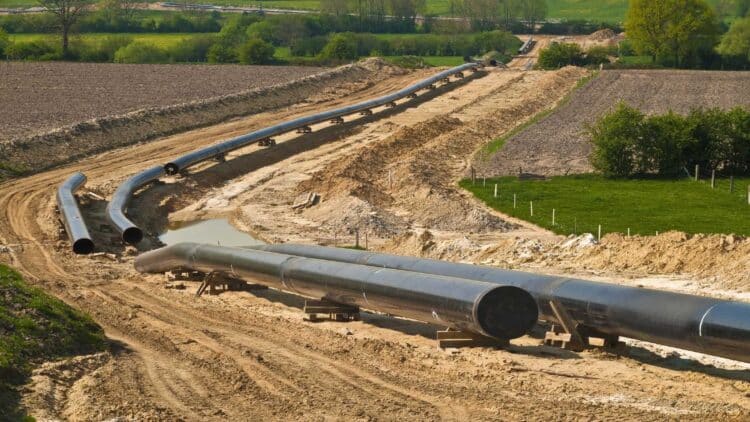OPEC+ just announced a small, cautious increase in oil production by 137,000 barrels per day (bpd), starting in November 2025. OPEC+ justified the increase, made at the most recent OPEC+ policy meeting, by concerns of internal disagreements among key producers and the prospect of a supply glut. The increase is the same as the incremental increase of production approved for October.
The cautious approach of OPEC+ post-pandemic
As a response to the pandemic, OPEC+ made historic cuts to oil production. In 2025, members of the political and economic union have increased oil production limits by 2.7 million bpd to meet the global demand for oil.
However, OPEC+’s most recent response is a cautious and more considered response in an attempt to regain market control from the U.S. shale oil producers.
Scott Shelton (TP ICAP Group) says:
“Oil prices may rise on Monday by up to $1 per barrel as the November production increase turned out to be modest.”
OPEC+ indicates that “steady economic outlook” and “healthy market fundamentals” are justifications for the increased increments. There are relatively low global oil inventories. Supported by inventory levels, OPEC+ maintains a wary outlook on the potential for an oversupplied market oil stock.
With the volatility seen in the latest market, Brent and West Texas crude posted modest increments. Under the announcement, Brent crude oil prices rose to $65.45, while West crude prices rose to $61.78. Both oil prices remained, however, below the yearly highs posted at the beginning.
Internal tensions: Russia vs. Saudi Arabia
The posted decision for increments still displays the tensions within OPEC+ pertaining to Russia and Saudi Arabia being the largest oil producers within the segment.
According to sources, Russia seemed to promote the lower brackets, assuming that Russia has lower potential due to increased stock due to Western sanctions and having lower price volatility on oil for Western markets.
Saudi Arabia was said to increase its oil production by 548,000 barrels to recover the market share gap. The analysts assume consolidation with Russia and Saudi Arabia in the posted lower bracket due to the market volatility restrictions displayed within the OPEC+.
The implications of market reactions
The announcement affected oil prices cautiously in the oil market. Ongoing global demand concerns as, well as the possibility of oversupply for the final quarter of the year, served to temper any potential enthusiasm for the bump in oil prices.
Brent crude futures contracts for the week closed up 0.7%. WII crude futures contracts also posted smaller gains. However, oil benchmarks also posted weekly losses of more than 7%, suggesting high uncertainty regarding the demand for oil.
With each incremental increase to the production rate, OPEC+ also takes on the risk of being more exposed than previously. Loss of this containment will have an impact on OPEC+’s ability to accommodate expanded global oil supplies, as geopolitical tensions shift over the coming months.
An oil analyst from Rystad Energy stated:
“Each additional barrel now cuts the group’s potential ability to defend any oil market crisis sustainably.”
What can we expect from the November 2 meeting
The 8 core producers within OPEC+ will also have the opportunity to review the last analyses made on the OPEC+ oil market on November 2, which also inform oil production strategies as well as oil market expectations in terms of output. As the date approaches, oil producers expect OPEC+ to have shifted from dominant oil market supply control to setting the demand oil market supply.
OPEC+ is experiencing a tricky environment with inconsistencies in the global demand signal and variable inventories. The utmost task, however, will be for the group to maintain unity. The geopolitical interests and the oil market instability that follows will be of utmost importance to OPEC+ as they move to 2026.


